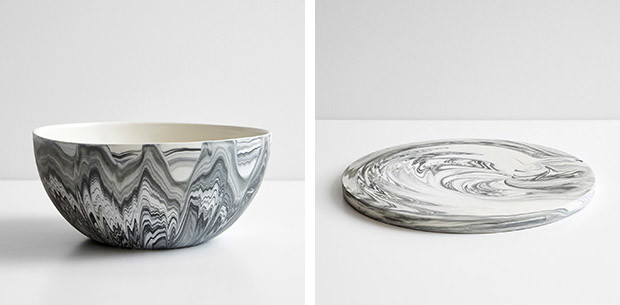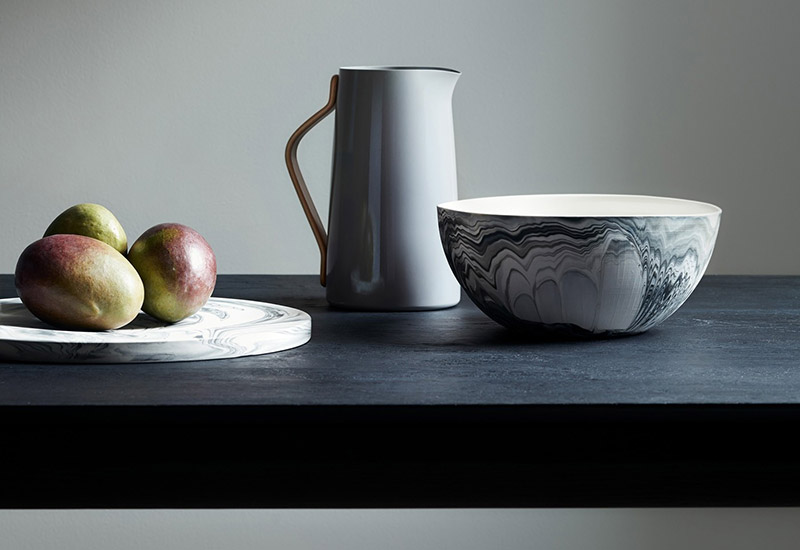We’re always looking at design through the lens of simple, modern living. Sometimes we find those special pieces that truly spark curiosity and invite conversation. That’s certainly the case with the work of Andrew Molleur, a Kingston, New York, designer and ceramicist. His creations – particularly the Oblique Planters and Carrara Serving Bowl and Platter that Unison carries – strike a balance between fine art and functional design, with an underpinning of modernism.
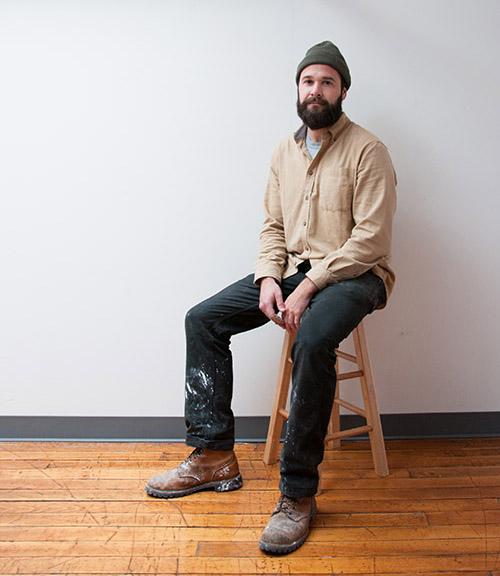
We recently caught up with Andrew to get deeper insight on his creative process and what inspires him every day.
Why did you choose to work where you do, and how have you designed your studio to be an inspiring space?
My studio is located in the Hudson Valley. I initially moved to the area for a job and decided it was a good place to start a business. Studio space was cheap, there was a growing community of creative individuals and, to top it off, a large ceramic supplier was located in town.
I have tried to design my studio as a versatile workshop rather than a strict ceramic studio. There are other materials I incorporate into my work and want the freedom and space to use them. Having a studio with the capacity to seamlessly alternate from project to project or material to material creates an inspiring space.
What is it that attracts you to the ceramic medium?
The diversity in its application and use as a material along with its deep history have always been part of its appeal as a medium. At first, I was unaware of the science behind the material, but after learning what the medium really is, it began to transform my understanding of how and where ceramic can be used.
Throughout the world almost every past and present civilization has had some type of ceramic tradition or industry. For me, this material has provided an access point into these different cultures and periods of time. I continually feel a connection to those who have used ceramics over thousands of years as their medium. The notion of a material being the connective thread of so many places and people of the world is very alluring.
Your work leans toward architectonic elements. Can you elaborate on the type of architecture that inspires you?
I am very drawn to simple, well-proportioned spaces. This does not necessarily need to fall within a certain style or movement of architecture, however, I have always been a sucker for modernism. The mechanics of architecture is really what informs my work. What I mean by this is just as any architect deals with space, volume, function and the tectonics of a structure, I must consider these as well when designing a new piece.
Is texture just as important to you as shape and form?
Texture is of course as important as any other formal consideration when designing and producing a piece. Just as form conveys meaning to the user, I believe texture also carries these same notions.
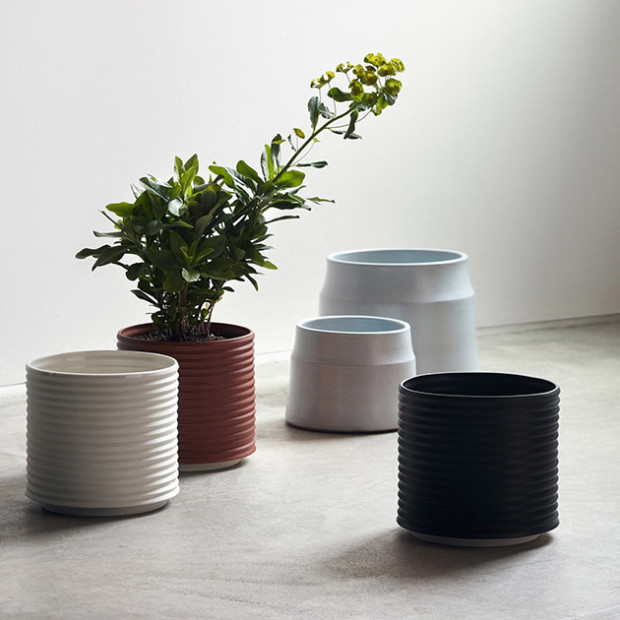
When thinking of your pieces in the home, what is your ideal vision?
I hope they are used but I also want people take a moment to look and appreciate the object as if it was a piece of art or sculpture.
Unison carries your planter and serving bowl, specifically. They seem to be quite visually and texturally different. What are the commonalities between these pieces?
For one, both pieces are created through the same molding process known as slipcasting. Beyond that, I do think they share a similar aesthetic style. Since both are designed by myself, I strive for each object to maintain a certain degree of quality and visual likeness. I really enjoy a group of objects that play on one another rather the just a single piece sitting alone.
Can you expand on the creative process for both?
The planter started with the idea of creating a vessel and water tray that is more integrated then what is typically on the market. The vessel sits on the top of the tray allowing for water to be collected but also unseen. While its function is a bit more discrete, I wanted the main focus to be on the undulating texture of the vessel. This surface was created through turning plaster on a specially designed lathe. The end result is a shape and texture which pairs well with many plant varieties and ensures proper drainage.
The serving bowl was designed with form as its foundation. The inverted dome shape is pleasing visually but also functions well. Through the firing process each bowl shrinks by about 14% resulting in a slight flair on the rim and an asymmetrical opening. The irregular nature is further emphasized by the marbling pattern on the exterior. Marbling is achieved by swirling two colors of porcelain together and applying it to the mold. The marbling, however, is left to chance, creating a unique pattern every time. Juxtaposing the warping and marbling is a clean clear glaze neatly applied to the interior and rim.
##
We hope you enjoy Andrew’s artful designs as much as we do. Shop his Oblique Planters and Carrara Serving Bowl and Platter below.
Oblique Planters:
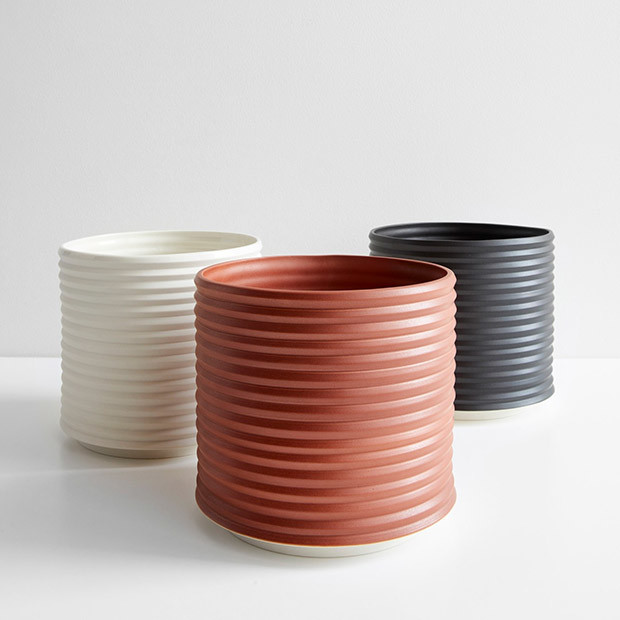
Carrara Serving Bowl and Platter:
